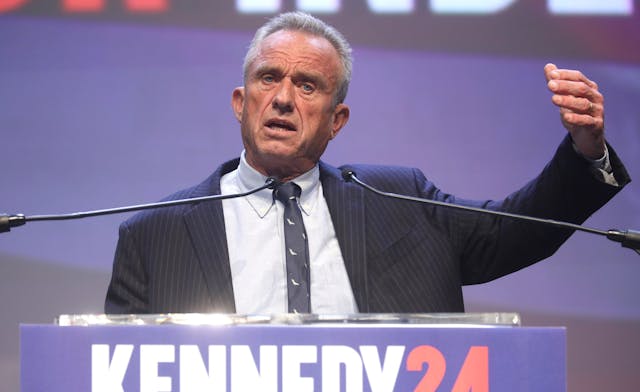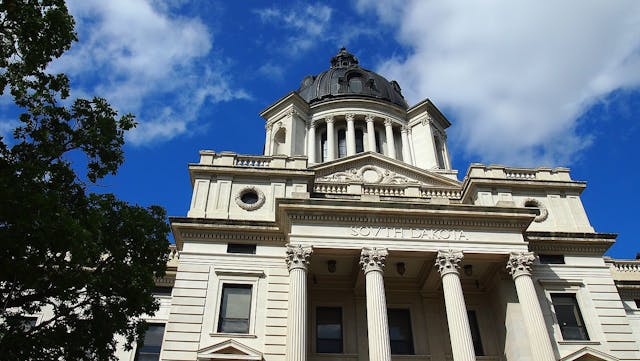CalPERS continues to face severe budget shortfall

The California Public Employees' Retirement System (CalPERS) is the largest public pension system in the country with current assets of about $205 billion. They fund pensions and health plans for retired California state and municipal employees. However, they (and many other public pensions) now face serious financial problems.
Consider these facts. 1) In 2007, CalPERS had assets of $260 billion. That dropped to $160 billion last March and has recovered to $205 billion, still down 22%. But their game plan assumes a return of about 7% a year to keep their funding levels stable. Obviously they are nowhere near that. 2) By law, California public pensions must be funded at 100%. CalPERS has the power to force municipalities to pay more to make up any funding shortfall at CalPERS. You can see the problem. Taxes may rise because CalPERS is mandating others to make up for their losses. Look, most California municipalities now are facing huge budget problems themselves. They don’t have extra money. The only way they can generate more revenue is by raising taxes and fees. Thus, we could well see private taxpayers who may have lost jobs or private pensions being forced to pay higher taxes so retired public workers can get pensions which most anyone would say are quite generous. Clearly, this is political dynamite.
All of this could be a bit more palatable had CalPERS not made some stunningly ill-considered “investments.” For example, they made an equity investment of $500 million in Stuyvesant Town in New York City at the absolute top of the market and assumed rosy future profits that more than a few observers at the time thought not feasible. They lost the entire $500 million. In another deal with Landsource in 2008, they lost nearly $1 billion. Just last week they announced they’d lost $91 million in a Boston real estate deal. Um, maybe they should stop risking retiree’s pension money in real estate? Especially considering their real estate portfolio dropped 47% in a year’s time.
CalPERS is the biggest public pension fund, but hardly the only one with severe problems. This is a growing national problem. The Pew Foundation says there is a $1 trillion dollar shortfall in public pension plans nationwide. Barron’s says that Pew underestimated and that it’s more like a $2 trillion hole. Further, the current probable outcome is severe cuts in municipal and state services as they are mandated to fully fund public pensions. Other cities may have to do what Vallejo, CA did, declare bankruptcy and force renegotiation of public employee contracts. But, even with their massive layoffs and bludgeon budget cuts, Vallejo’s $84 billion in future pension obligations remains untouched.
Clearly, something has to change, and quickly. Our next governor, whoever that may be, will have no choice but to deal with the ever-increasing problem of unfunded public pensions.
Proposals for pension reform include 1) increasing employee contributions, 2) no more pension spiking (employees getting raises right before retirement specifically to goose their pension amount), and 3) heavy regulation of placement agents, the middlemen who find investments for pension funds. The State of New York has had major scandals here.
To this I would add, more oversight of public pensions in general, specific rules mandating that investments not be risky and that preservation of capital be the primary objective, and an end to 100% funded pensions subsidized by the public. California just can’t afford it now.
What do you think we should do?


